Umoja (meaning Unity) village in northern Kenya is a women-only community that does not allow men to reside.
In 2017, Ghanaian photographer Paul Ninson visited Umoja village in Samburu county and took the photo series “The Village Without Men”.
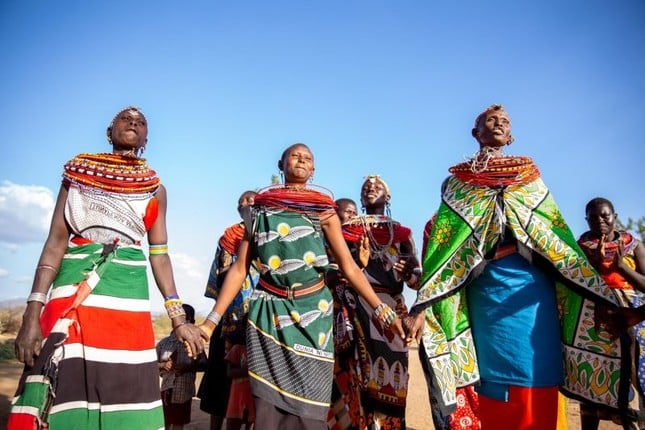
In 2017, Ghanaian photographer Paul Ninson visited the village of Umoja (founded in 1990). Photo: Paul Ninson.
Women in Samburu are of different ages and many of them are survivors of gender-based violence.
Rebecca Lolosoli is the village's chief. After escaping an abusive marriage, she and 15 other women founded the village.
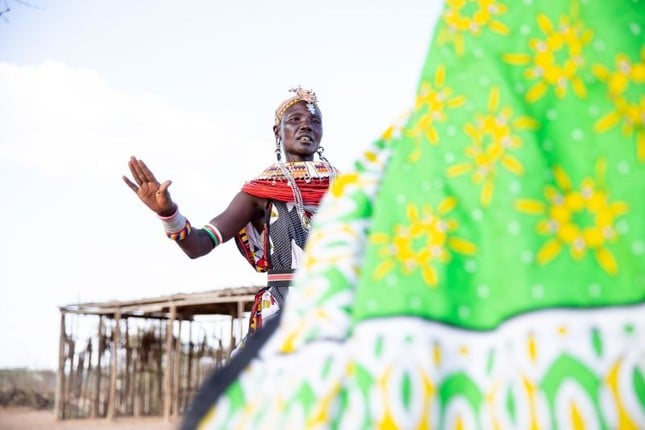
Village chief Rebecca Lolosoli. Photo: Photo: Paul Ninson.
Ninson said he decided to pursue photography to share “lesser-told or never-before-told stories of the continent’s people” – part of a “community storytelling” program.
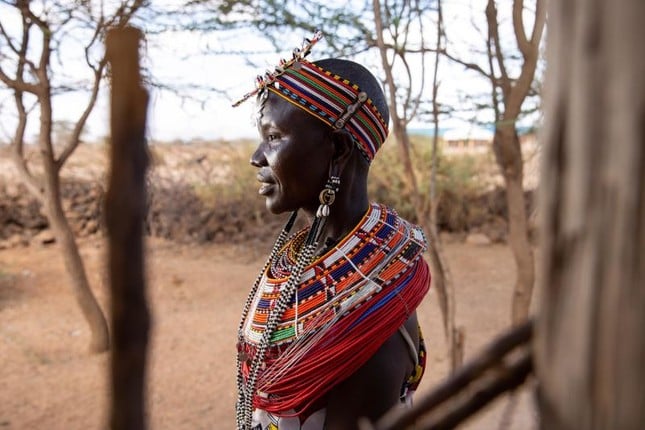
The life of Umoja women is very simple, with few worries. Photo: Paul Ninson.
Umoja was founded in 1990, and the first members of the village came from remote Samburu villages scattered throughout the Rift Valley.
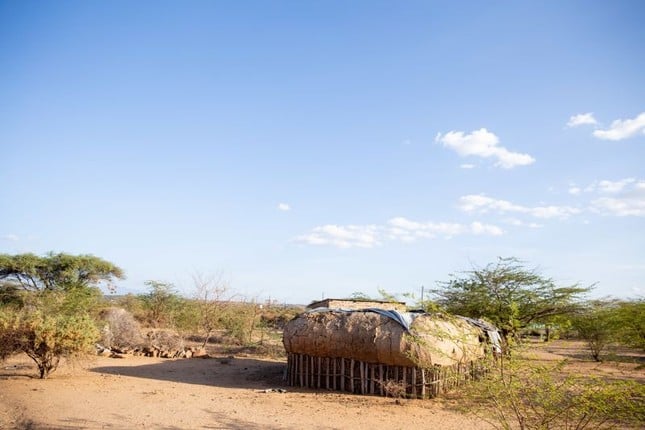
Umoja Village was founded in 1990. At its peak, there were about 50 women (and their children). Photo: Paul Ninson.
Having had no prior contact with the women there, Ninson made the trip without specific information, knowing only the general location of the village.
He said access was difficult, and he was only welcomed after explaining the purpose of his visit. They were “very, very happy” to see the photos, he said.
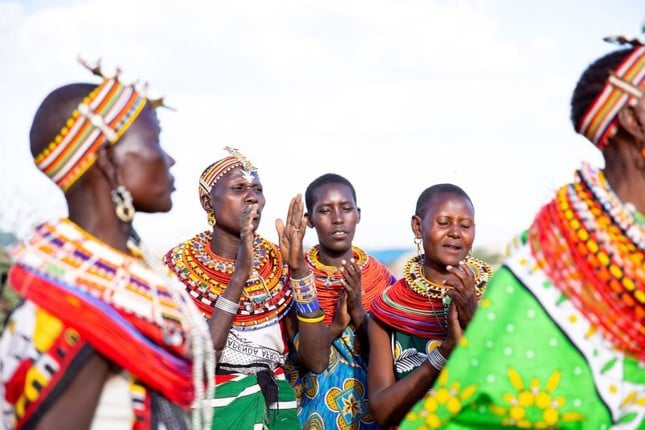
Umoja residents' sons must leave the village when they turn 18. Photo: Paul Ninson.
Umoja is a Kiswahili word meaning “unity”. The village’s peak population was around 50 families, including women and their children.
A mother and her son are pictured in the village. The sons of the women in the village are allowed to live in Umoja until they are 18.
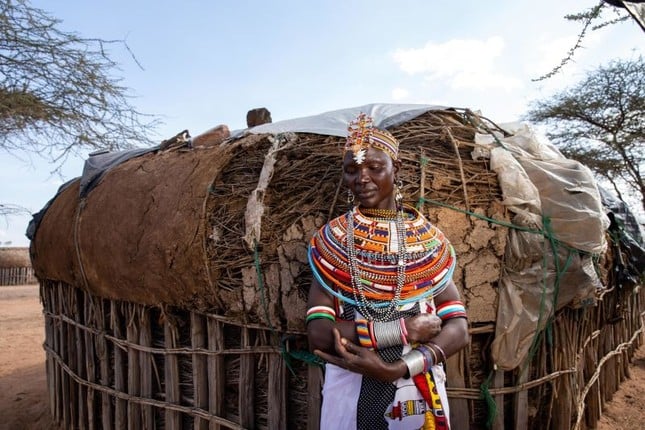
Umoja women in traditional dress. Photo: Paul Ninson.
Umoja is located near a popular tourist campsite visiting the area's famous Maasai Mara wildlife reserve.
Tourists wishing to visit Umoja will have to pay a small fee.
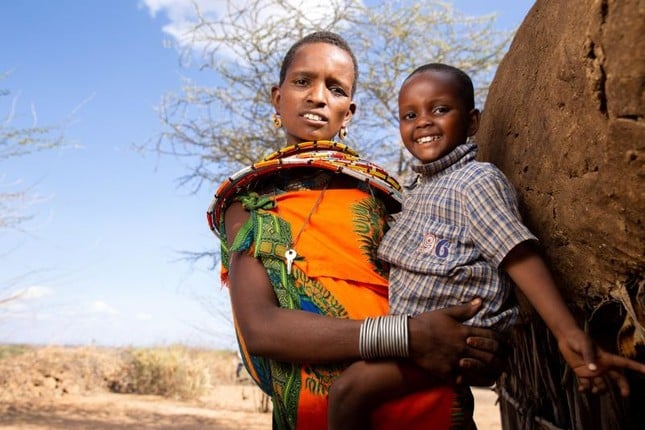
Umoja women earn money mainly to buy food and support children's education. Photo: Paul Ninson.
The life of an Umoja resident is very simple, women earn money mainly to buy food and support education for children.
They make money by selling handmade jewellery - an integral part of Samburu culture. The buyers are mainly tourists.
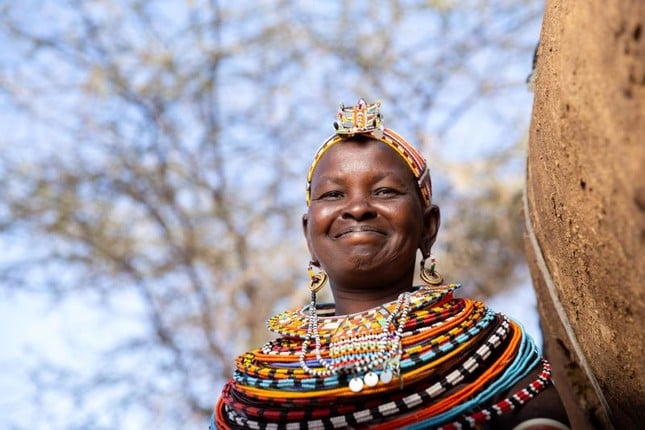
Umoja upholds the right to live a life free from gender-based violence. Photo: Paul Ninson.
This community is committed to supporting each other and upholding the right to live a life free from gender-based violence.
Ninson's goal in sharing these photos, along with his other series, is to “connect people with each other” and with the wider world around them.
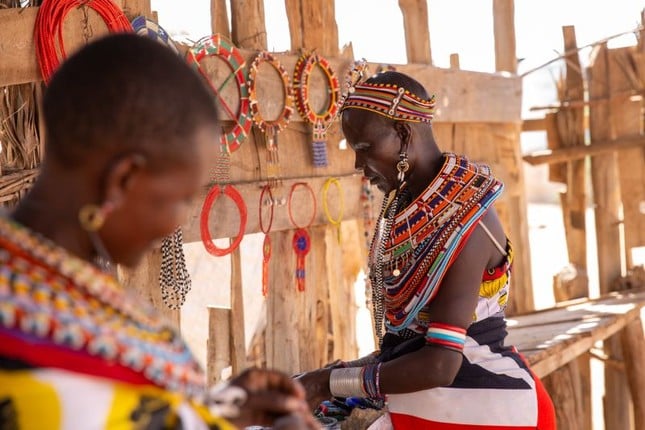
Umoja women make and sell handmade jewelry. Photo: Paul Ninson.
“I believe in the power of storytelling. It has the power to bring people together and help us see the world in new and unexpected ways,” said Mr. Ninson.
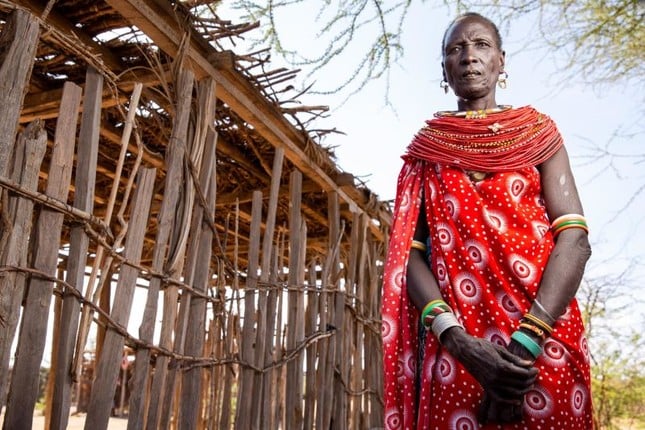
Umoja women take control of their destiny. Photo: Paul Ninson.
Source: https://giadinh.suckhoedoisong.vn/kham-pha-ngoi-lang-khong-co-dan-ong-172250122073155663.htm








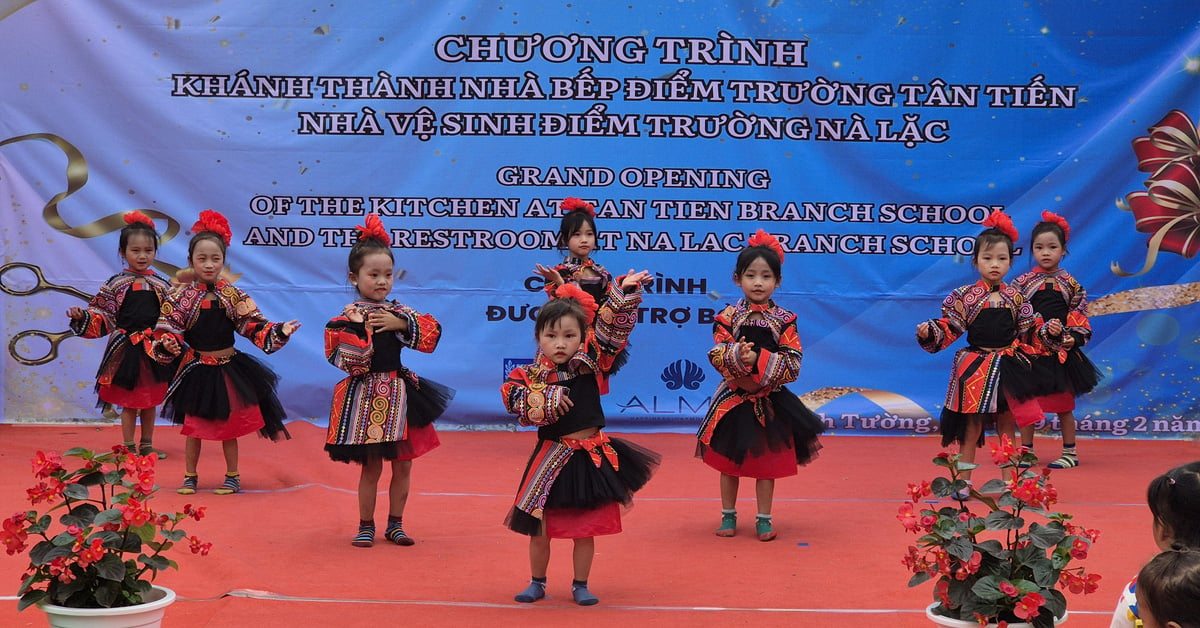

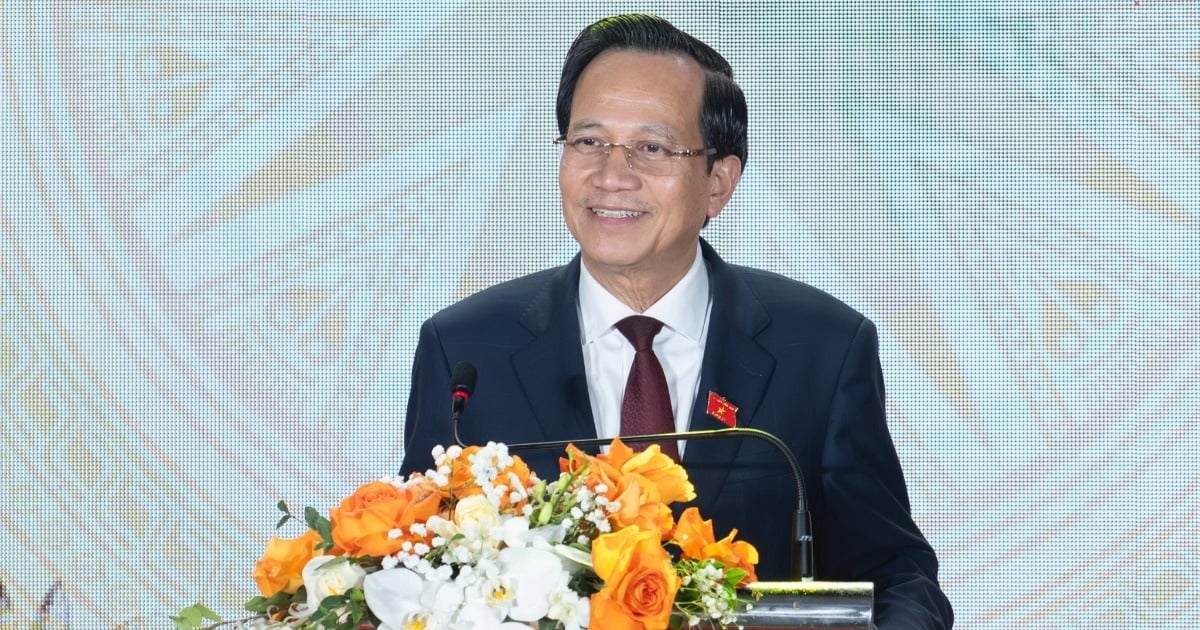


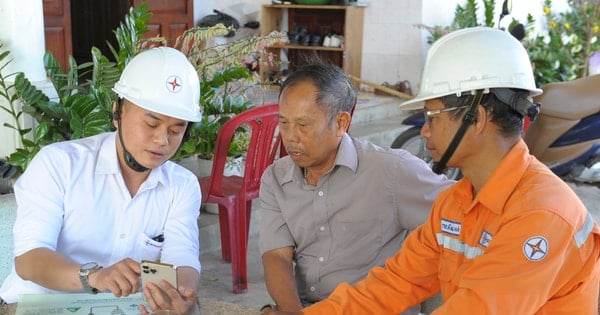

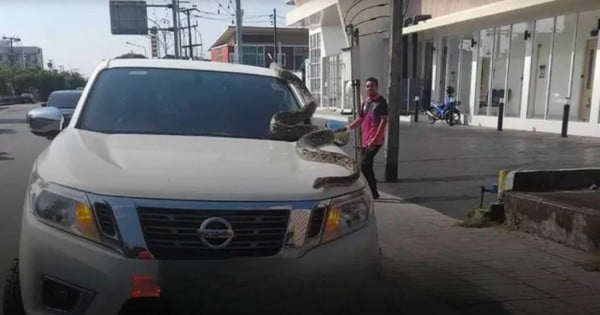

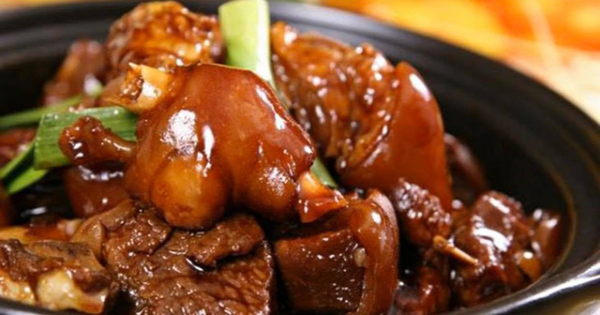
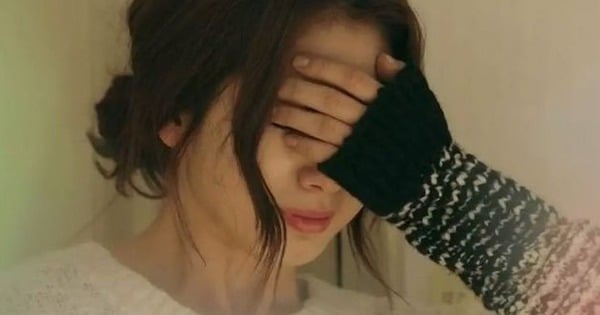
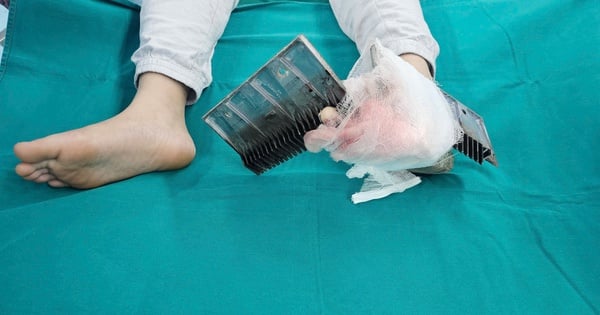
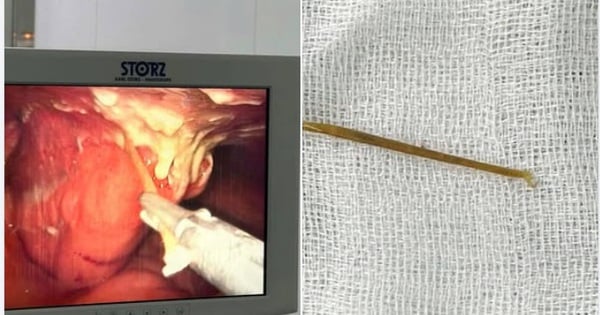


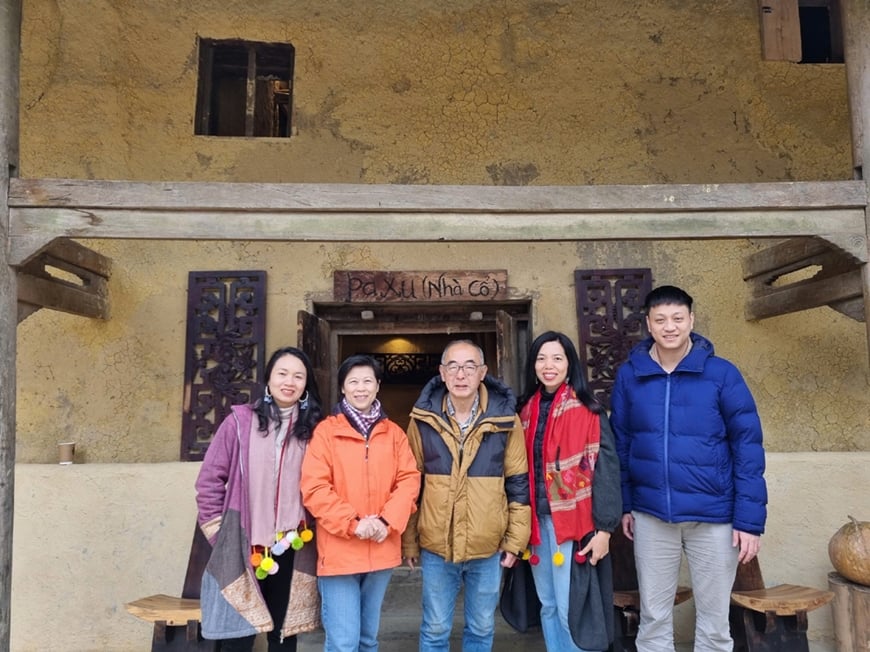

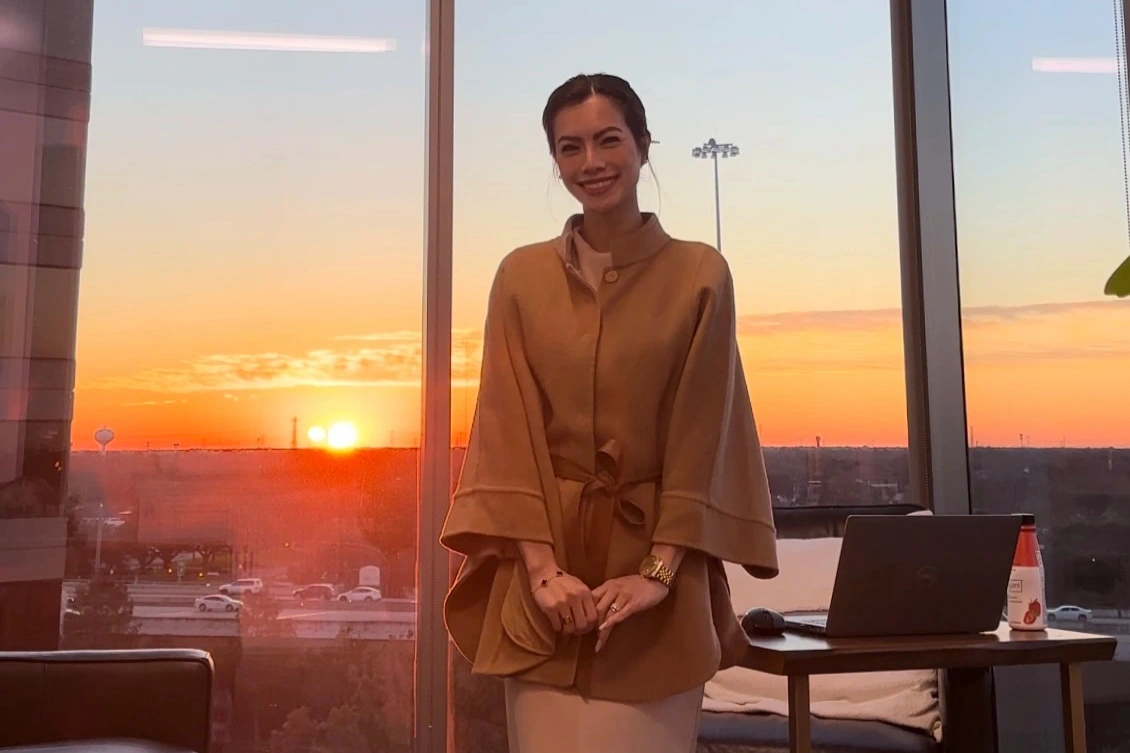


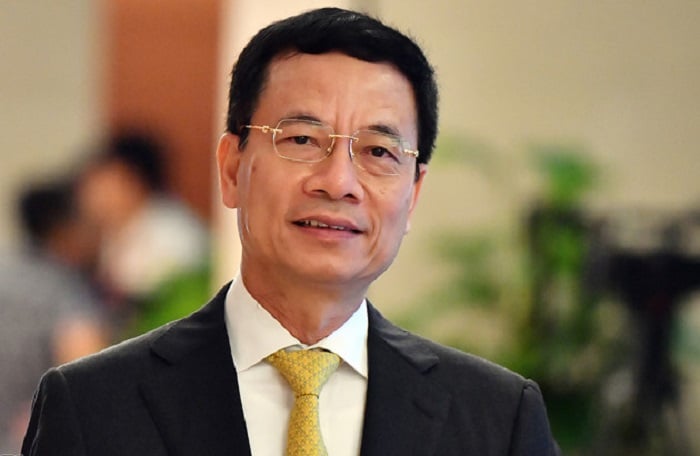





Comment (0)